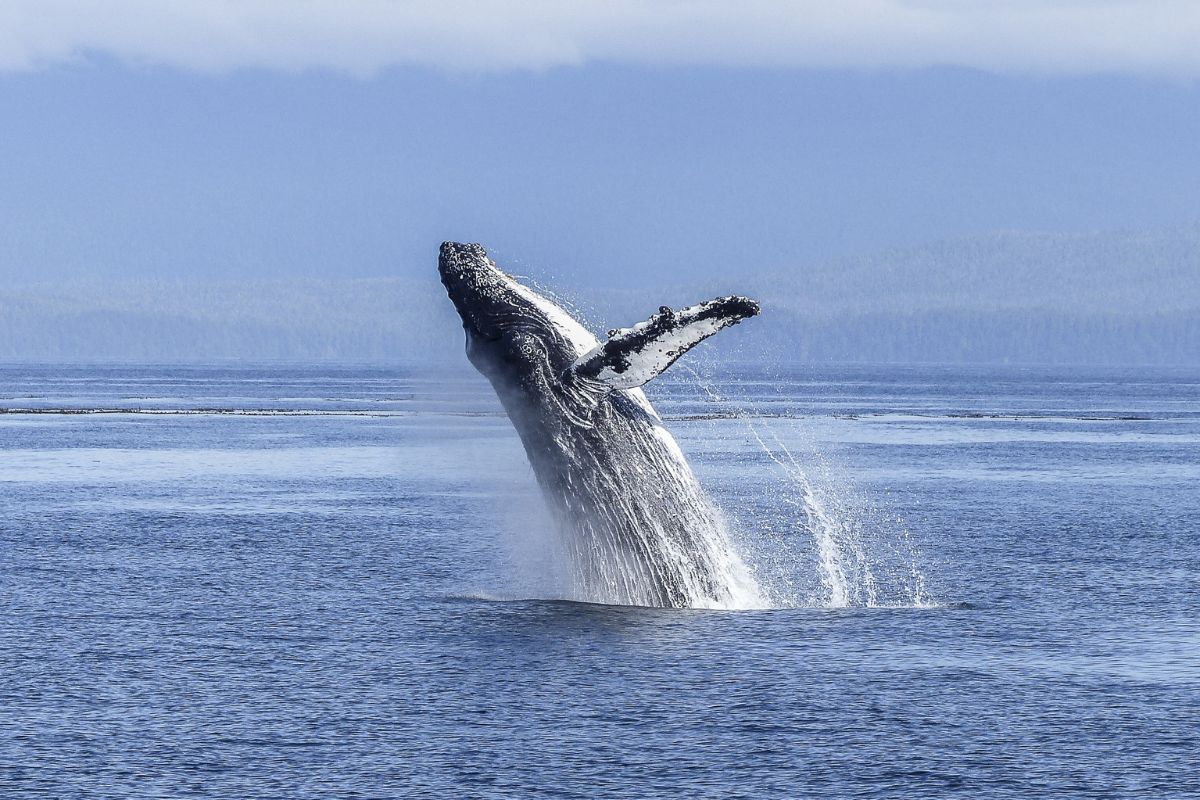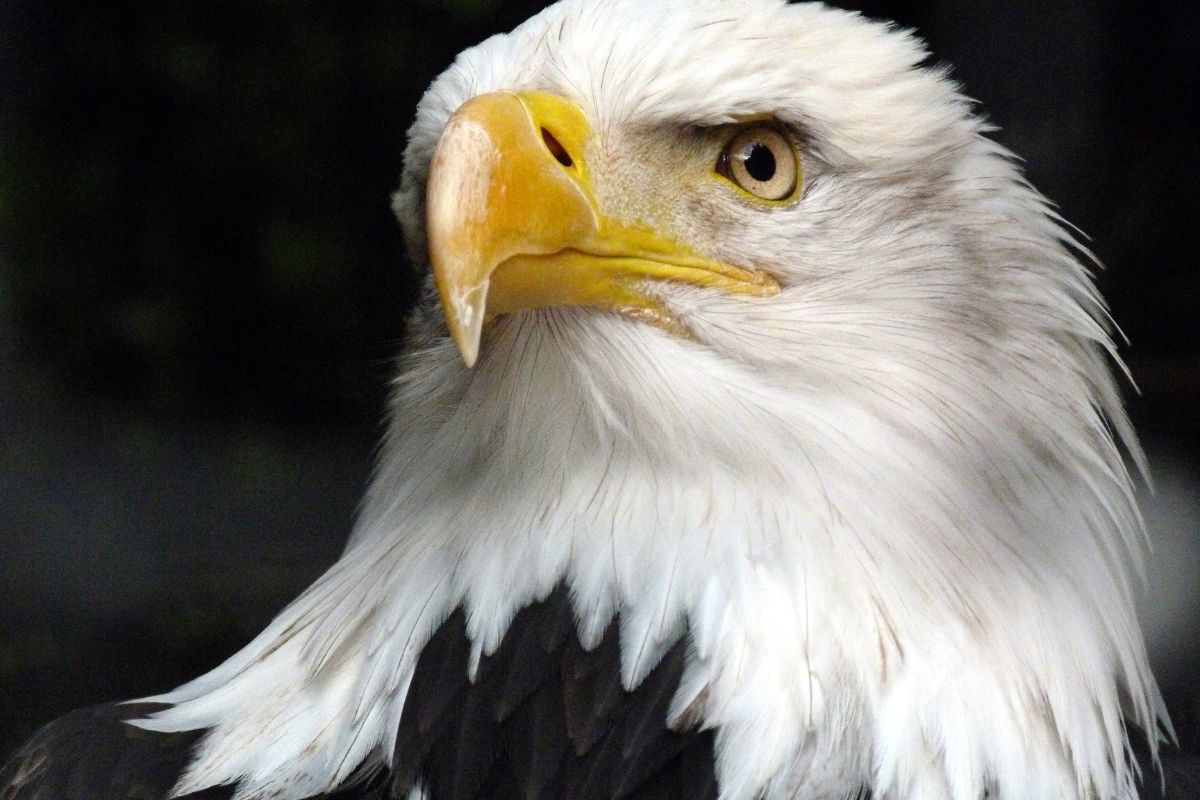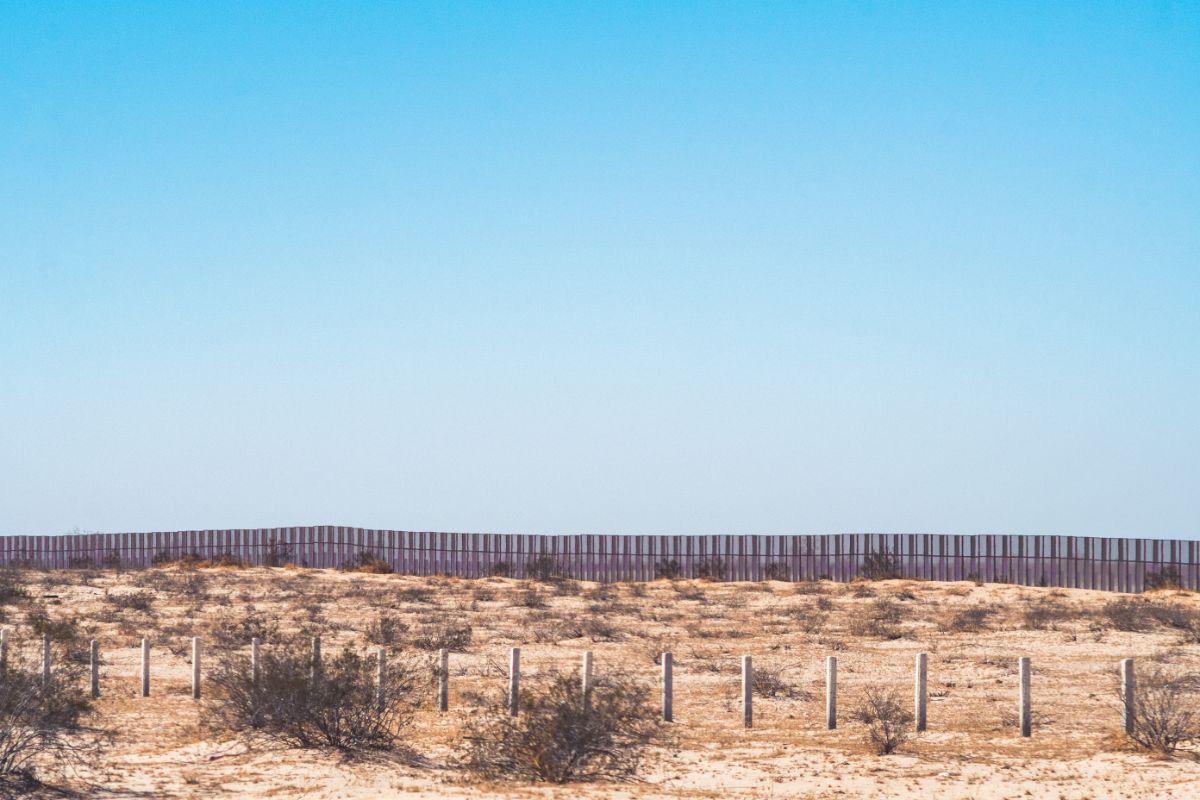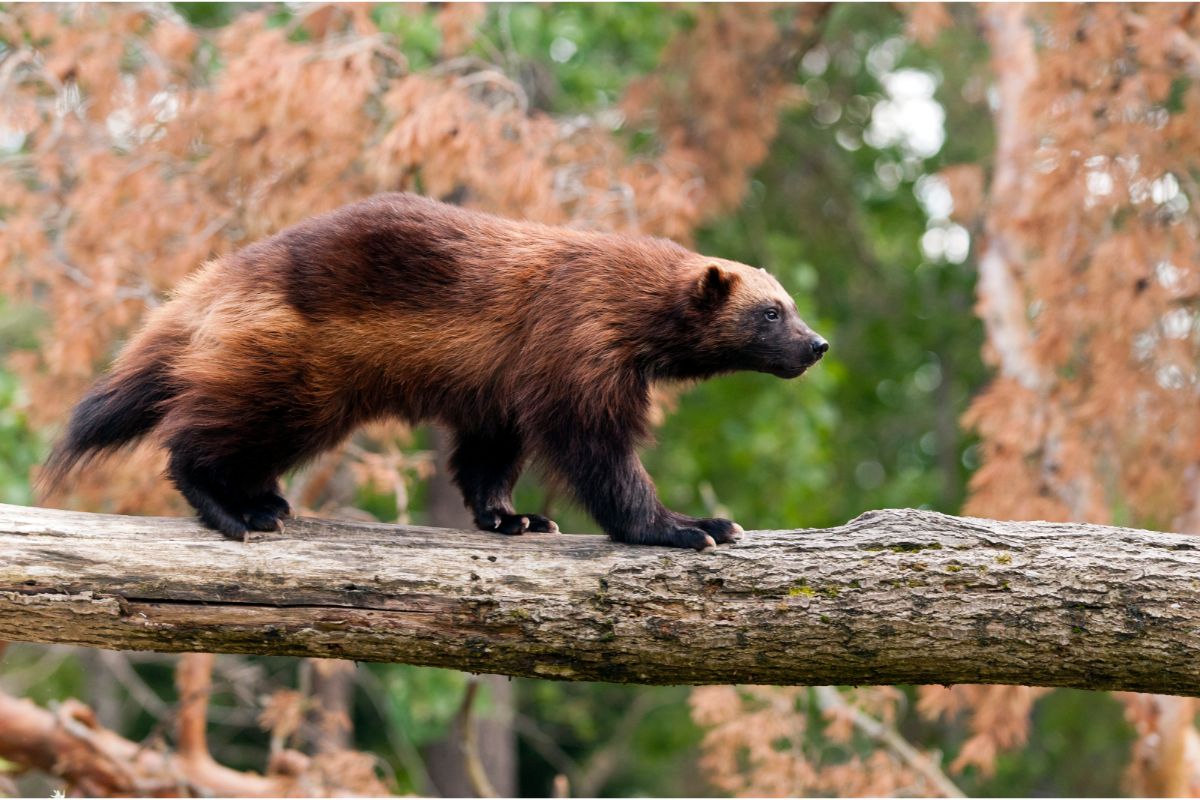Looking after the planet should go past simply extending the human species, it should also be about looking after the environment and wildlife conservation.
That’s where renewable energy comes into play, by reducing carbon emissions that pollute the air for every living creature. Not only that, rising temperatures harbor the existence of natural habitats for so many species.

By reducing the environmental impacts of our dependence on fossil fuels, renewable energy can help us with wildlife conservation.
In this article, we will look at how renewable energy can help us with wildlife conservation, how it can have little impact on natural habitats, and how wildlife conservation can be considered around a renewable energy source.
How Renewable Energy Can Help Us With Wildlife Conservation?
There are always alternative energy sources available, including solar and wind, yet it takes a commitment to diversify.
Once that diversification begins, you can see a reduction in several environmental threats that typically come from burning fossil fuels and nuclear power. This includes the mercury pollution that poisons the wildlife and fish in our waters.
Then consider the toxic waste discharges from power plants, air pollution that results in smog and haze, and acid rain that harms forests and lakes.
With an increased interest and investment in renewable energy, climate change can be confronted. Done responsibly, the renewable energy sources should also look out for natural habitats and help protect wildlife.
That may become tricky with wind energy as expansion can impact on the natural habitats of bats, birds, and other wildlife.
It should not be forgotten that wind energy does require land to build the turbines yet by wind energy companies collaborating with natural conservation organizations, that can be tackled responsibly.
The Renewable Energy Sources With Little Impact On Natural Habitats
Of course, there are vast areas on the planet that could be used as a renewable energy source and still have little impact on the environment and wildlife.
That includes the huge bodies of water close to the coast which provide plenty of untapped potential for wind power. Offshore wind power such as this can provide pollution-free energy which is affordable and even create jobs in the local area.
With a thorough inspection of the area beforehand, these areas can still provide renewable energy with habitats and wildlife being protected. Though the wind turbines still need to be built, this can be done with little impact on the marine life.
A renewable energy source that could help avert the worst of climate change and has little impact on wildlife conservation should be a great investment too. Certain sustainable funds look towards wind power as potential sources of revenue, as well as renewable energy.
If more people who have a pension or investments chose to opt for sustainable energy in their funds then that could only help, and they may see their investment make a return too.
This increased interest in sustainable and renewable energy should help people decide to turn away from fossil fuel companies as well.
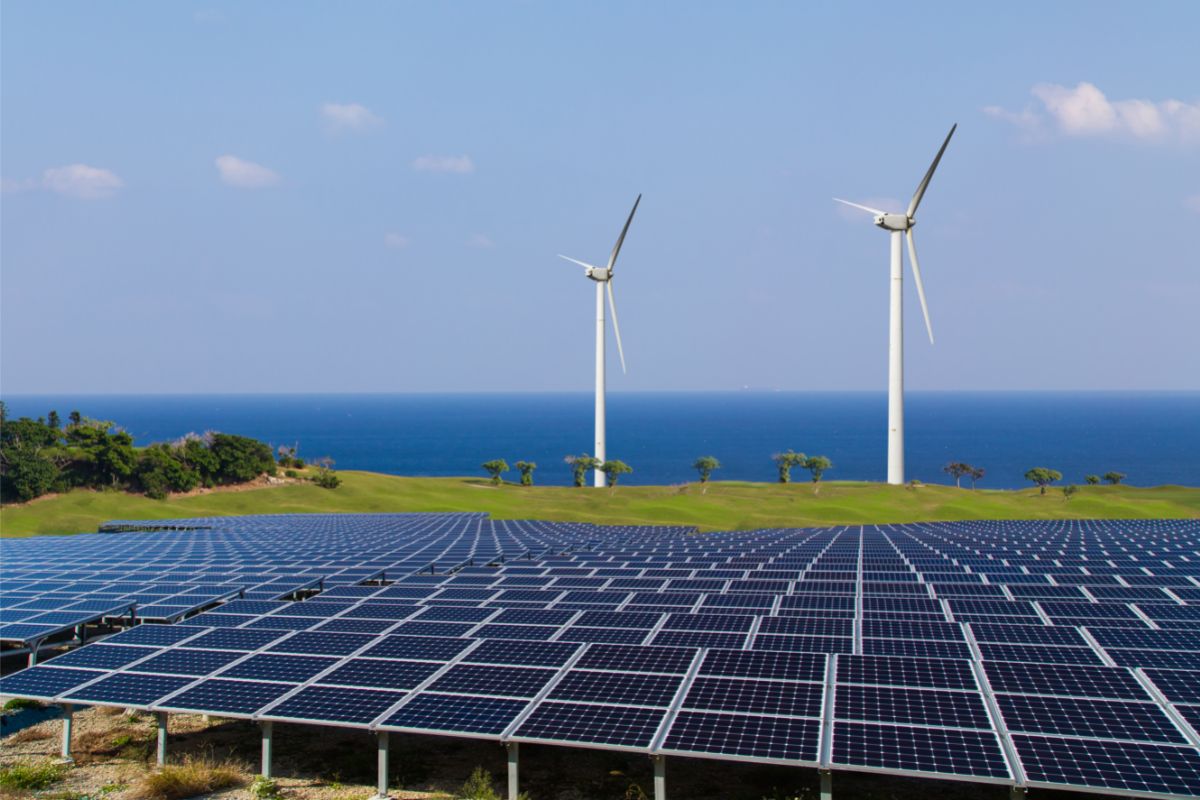
How Wildlife Conservation Can Be Considered Around A Renewable Energy Source
The immediate area that surrounds a renewable energy source is of primary importance for wildlife conservation. This could be an area that forms a natural habitat for various species and needs to be carefully protected.
Effective management of such a site can include installing various repelling scents to prevent bats and birds from colliding with wind turbines. Repellent scents like peppermint oil and garlic can keep these species away and keep them protected.
The increased development of wind turbines also looks to minimize such fatal collisions, even from a bladeless turbine that will vibrate instead of rotating.
It still generates electricity yet has little, if any, perceptible effect on wildlife. Reducing the amount of space that a renewable energy source requires is also key. Such bladeless turbines actually use up less space as they are narrower which increases efficiency.
In terms of solar energy, floating solar panels can reduce land use. These panels are known as ‘floatovoltaic’ and can sit on top of bodies of water such as oceans and lakes.
By placing them on water, they do not need to use up land and impinge on the natural environment. These solar panels can also look out for marine ecosystems by preventing eutrophication and algal blooms.
Even the placement of solar panels is important. Certain vegetation requires sunlight to grow but also needs protection from it too. If a solar panel supports low-light vegetation by being installed above them then it can promote that plant’s development and nurturing.
All while acting as a vital renewable energy source.
Final Thoughts
From having solar panels float in the ocean to looking out for biodiversity, renewable energy sources should look out for the environment and wildlife.
Where renewable energy sources are installed is vital if they are to conserve wildlife, that includes offshore wind power plants and solar panels far away from any natural habitat, even in the ocean.
Frequently Asked Questions
What Are The Further Benefits To Humans From Renewable Energy?
Aside from looking out for the planet while considering wildlife conservation, renewable energy has further benefits for humans. Not only can it be considered to provide a reliable power supply, but it can also help to diversify fuel choices.
That enhances the energy supply and also reduces the need for fossil fuels and imported fuels. As well as that, there is a lower risk of fuel spills that seriously affect marine life.
What Is Considered To Be A Renewable Energy Source?
To be classed as a renewable energy source, it should be a form of energy that is available naturally from the environment. Another factor is that the energy source can be replenished repeatedly.
Renewable energy sources include wind and solar as they are naturally available and should not run out from our consumption.
- What Do Squirrels Eat? Learn About Their Diet and Winter Survival - October 14, 2024
- What Do Raccoons Eat? Discover Their Diet and Eating Habits - October 6, 2024
- What do foxes eat? - October 5, 2024



